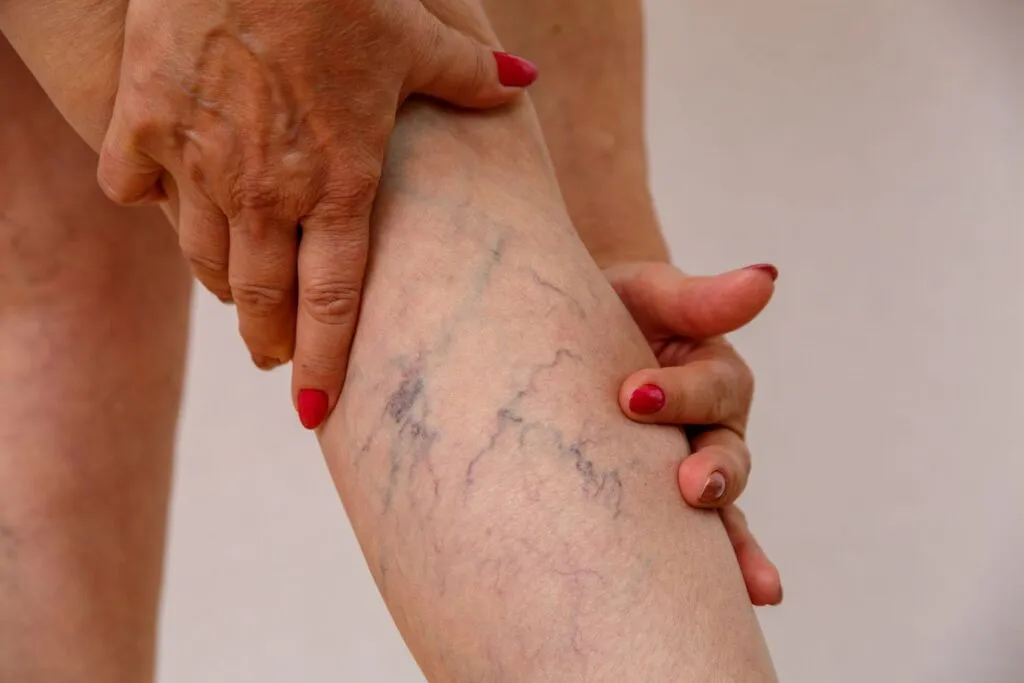Varicose veins are a common condition affecting a substantial portion of the adult population. These enlarged, twisted veins, typically appearing in the legs and feet, can be a source of discomfort and cosmetic concern. While various lifestyle and environmental factors contribute to their development, there is a recognized genetic predisposition that can increase an individual’s likelihood of developing them.
What Are Varicose Veins?
Veins are the blood vessels responsible for returning blood to the heart. To accomplish this, particularly in the lower extremities, veins contain small, one-way valves that open to allow blood to flow toward the heart and close to prevent it from flowing backward. Varicose veins develop when these valves become weak or damaged. When a valve malfunctions, blood can pool in the vein instead of continuing its journey to the heart. This pooling increases the pressure inside the vein, causing it to stretch, swell, and become visible under the skin. The result is the characteristic blue or dark purple appearance of these veins. The condition is most common in the legs. Symptoms that may arise can include aching, heaviness, itching, or swelling in the affected limbs.
What Impact Do Genetics Play?
A person’s genetic makeup appears to play a significant role in the development of varicose veins. Individuals with a family history of the condition are at a higher risk of developing it themselves. If one parent has these veins, the risk is elevated. Genetic factors may predispose an individual to having veins that are inherently weaker or valves that are more susceptible to failure over time.
Genetics is not the sole cause of varicose veins. Several other factors may contribute to or exacerbate the condition. These include:
- Age: The natural aging process leads to wear and tear on the valves in the veins. This can cause them to weaken and malfunction.
- Sex: Women are more likely to develop these veins than men. Hormonal changes during pregnancy and menopause, as well as the use of birth control pills, may cause these veins.
- Obesity: Carrying excess body weight places increased pressure on the veins in the legs and abdomen, which can contribute to the formation of these veins.
- Prolonged Standing or Sitting: Remaining in one position for extended periods can impede healthy blood flow.
How Are They Treated?
Treatment for varicose veins ranges from self-care measures to medical procedures performed by a specialist. The approach depends on the severity of the condition and the presence of symptoms. Sclerotherapy involves injecting a solution into the veins that causes them to scar and close. Laser treatments use light energy to close off smaller veins. Radiofrequency and laser ablation use heat to close larger veins.
Confer With a Vein Specialist
Understanding the influence of genetics and other risk factors can help individuals recognize their potential for developing varicose veins. If you have concerns about these veins, notice changes in the appearance of your veins, or experience symptoms like pain or swelling, consulting with a vein specialist is a logical step. A qualified medical professional can provide a thorough evaluation and offer treatment options tailored to your specific situation.
